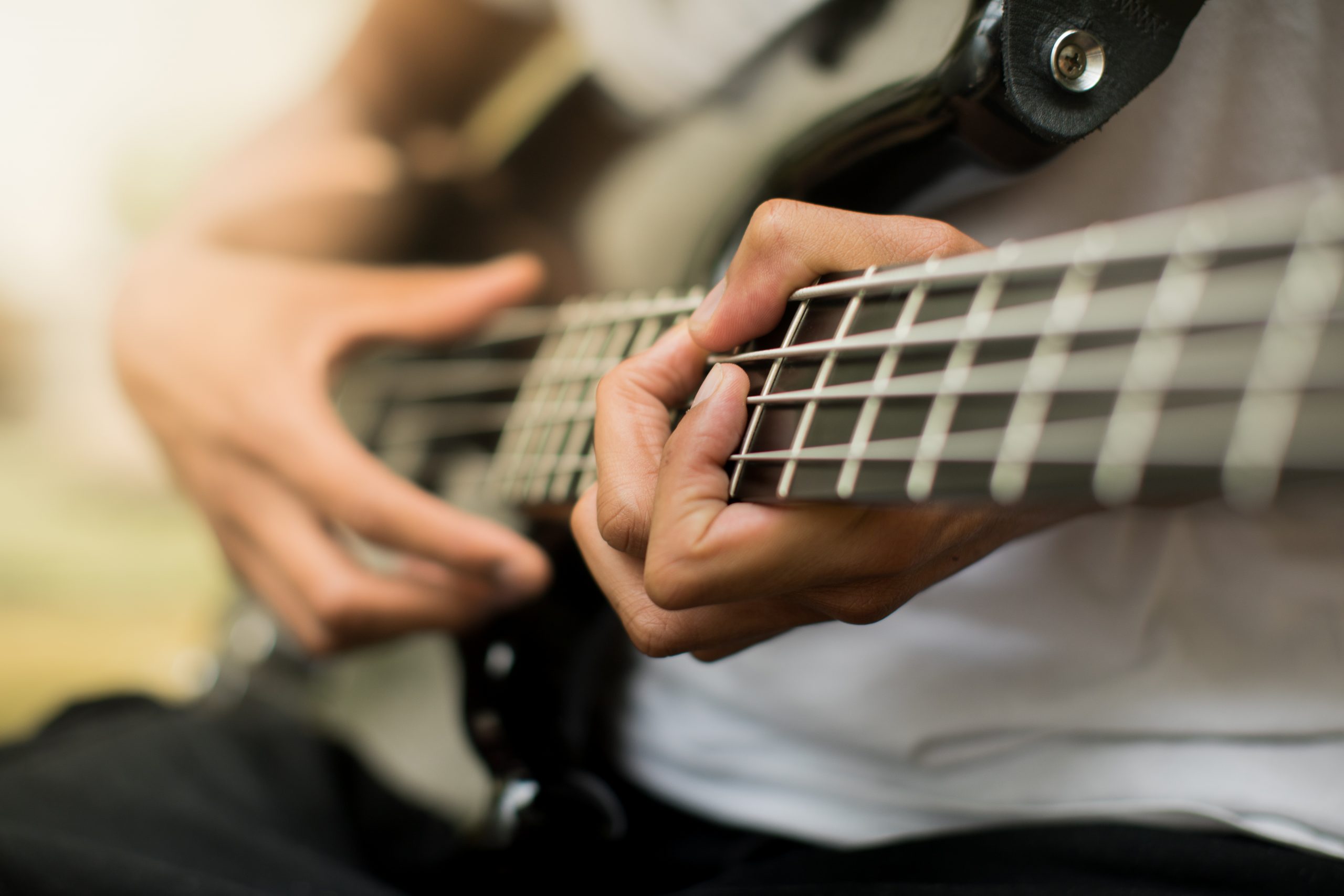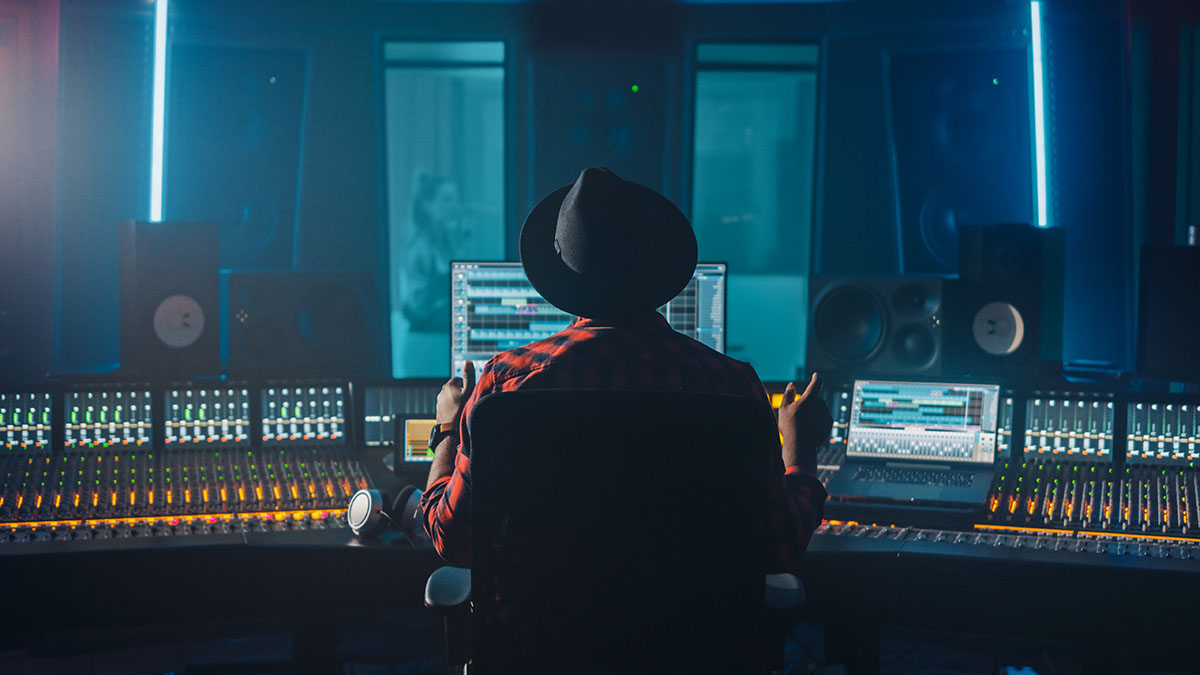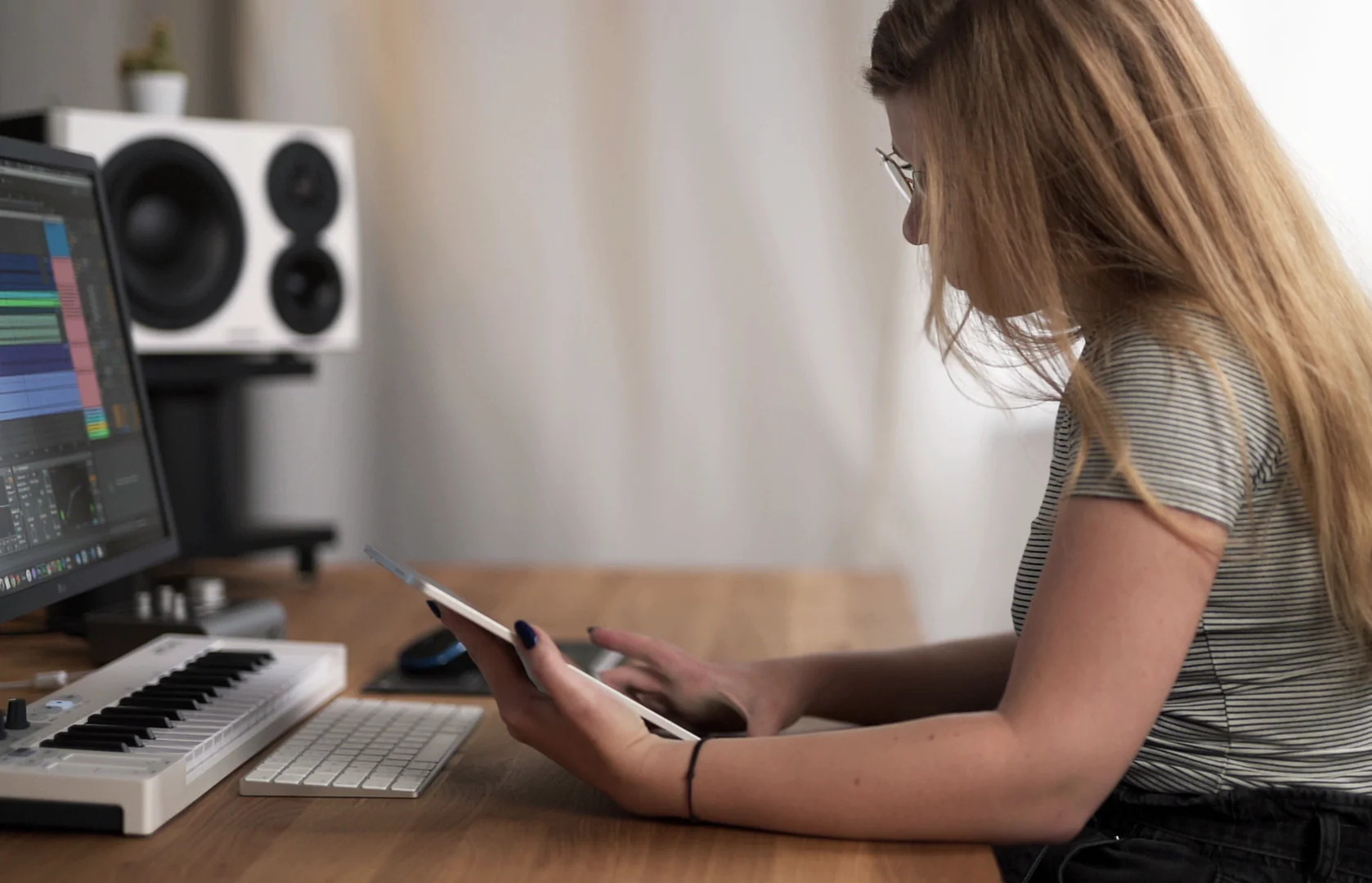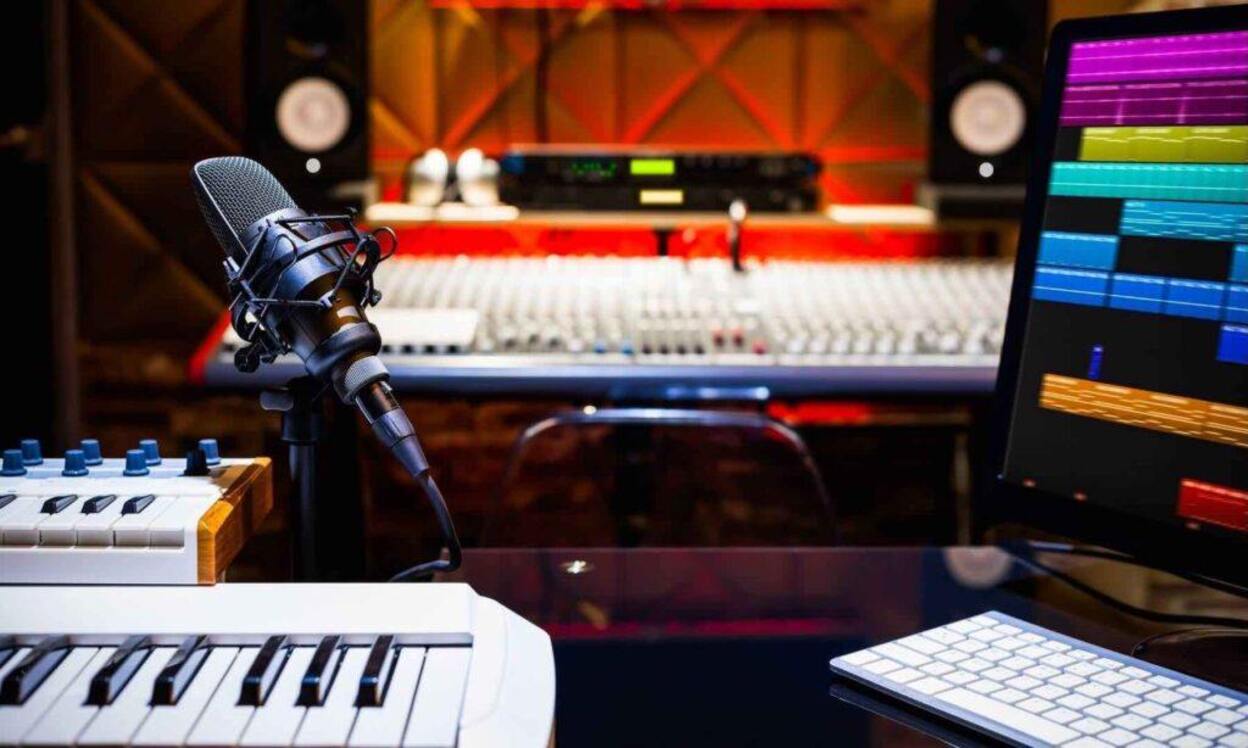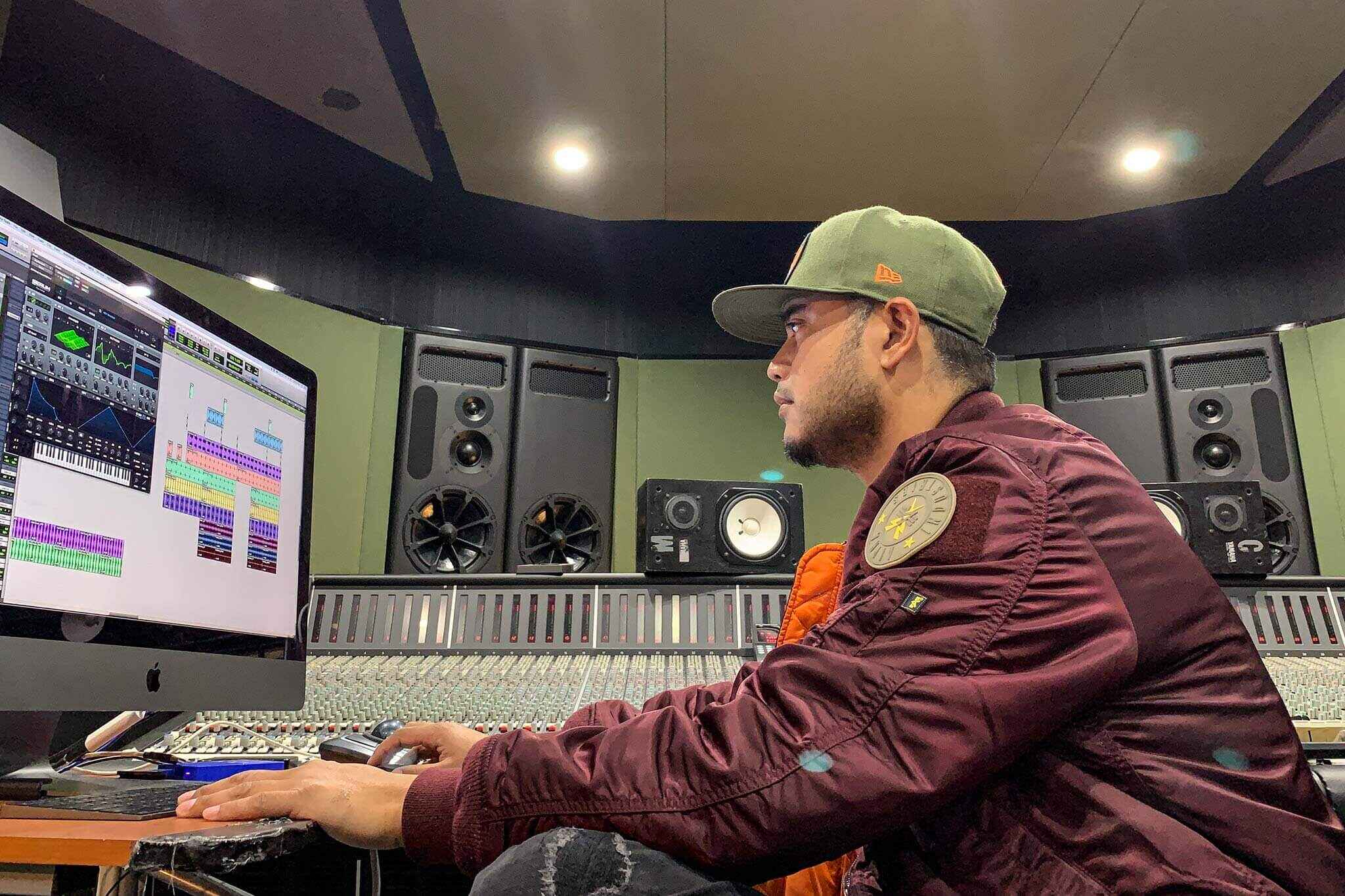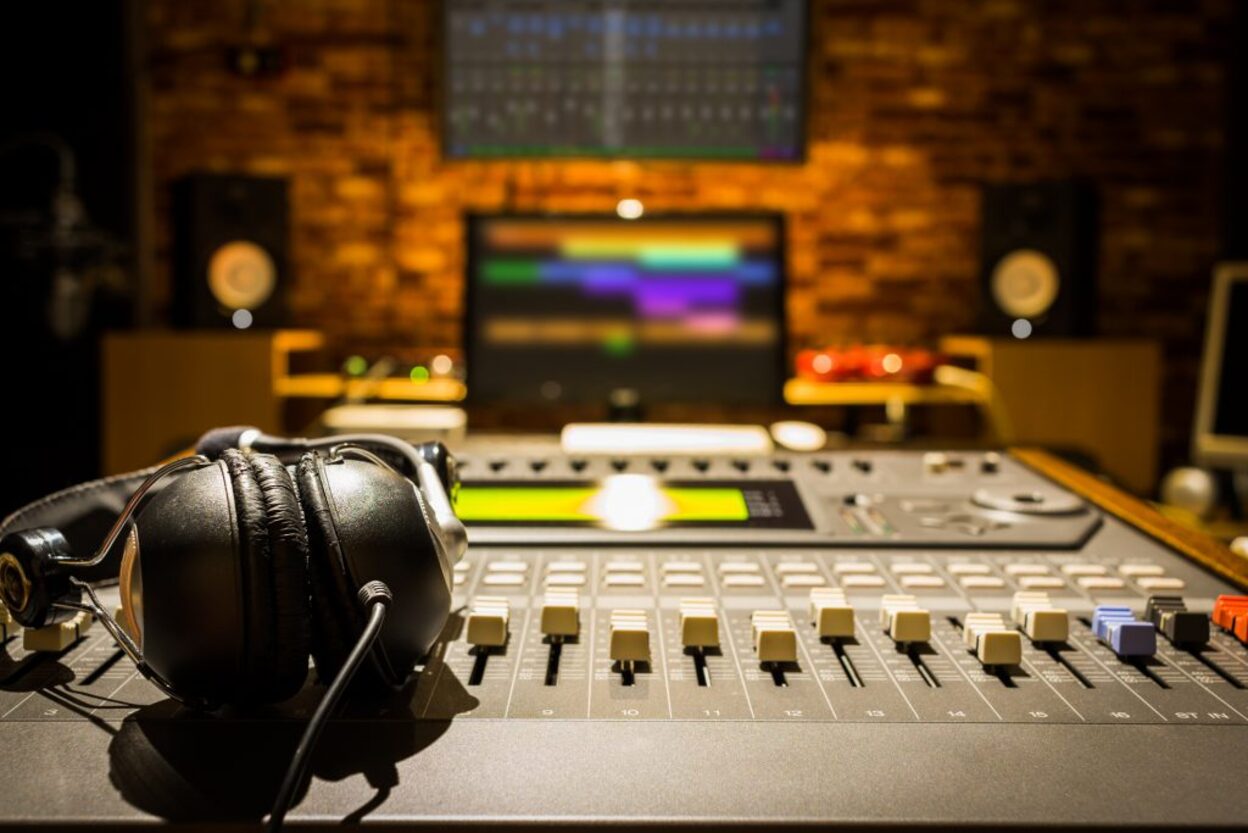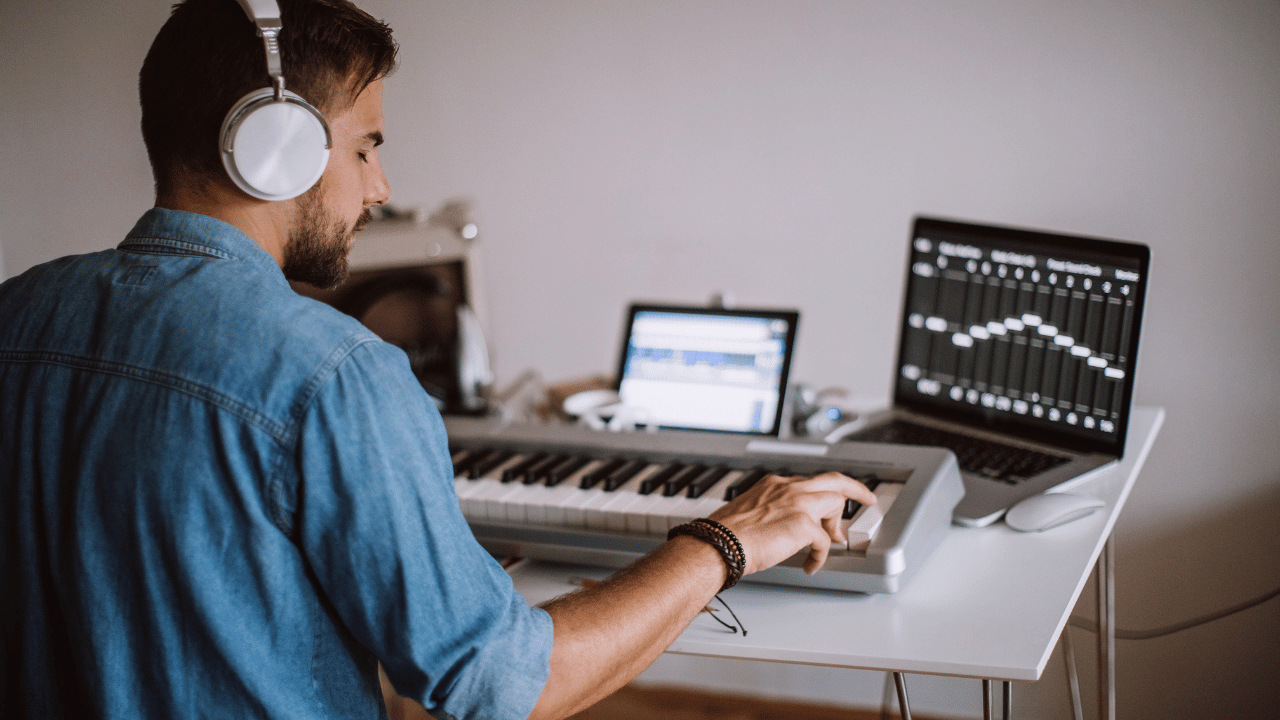Home>Production & Technology>Producer>How To Protect Your Ears As A Music Producer
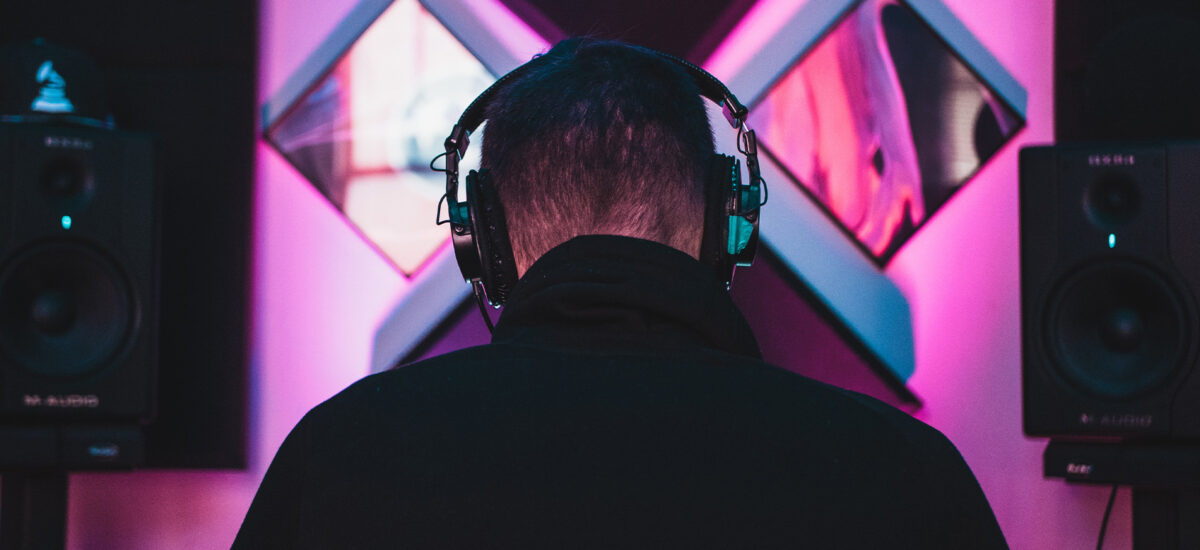

Producer
How To Protect Your Ears As A Music Producer
Published: March 6, 2024
Learn how music producers can protect their hearing while working in the studio. Discover essential tips and techniques for safeguarding your ears as a producer.
(Many of the links in this article redirect to a specific reviewed product. Your purchase of these products through affiliate links helps to generate commission for AudioLover.com, at no extra cost. Learn more)
Table of Contents
Importance of Protecting Your Ears
As a music producer, your ears are your most valuable asset. They are the gateway through which you interpret and create music, making them an essential tool in your craft. However, the demanding nature of music production can pose significant risks to your hearing if not properly managed. This is why protecting your ears should be a top priority in your daily routine.
The ability to perceive sound accurately is fundamental to your work as a music producer. Your ears enable you to discern subtle nuances in tone, pitch, and timbre, allowing you to craft music with precision and artistry. Without healthy ears, your ability to create and mix music may be compromised, impacting the quality of your productions.
Furthermore, the long hours spent in the studio, often exposed to high sound pressure levels, can lead to gradual hearing damage. Prolonged exposure to loud music can result in permanent hearing loss, tinnitus, and other auditory issues. This not only affects your professional capabilities but also impacts your overall well-being.
By prioritizing the protection of your ears, you are safeguarding your ability to produce music effectively and sustainably. Preserving your hearing health allows you to continue pursuing your passion for music production without facing the potential limitations imposed by hearing-related challenges.
In essence, the importance of protecting your ears as a music producer cannot be overstated. Your ears are not only vital for your profession but also for your enjoyment of music and sound in everyday life. Taking proactive measures to care for your hearing is a crucial investment in your long-term success and well-being as a music producer.
Understanding the Risks
As a music producer, it's imperative to grasp the potential risks associated with prolonged exposure to high sound pressure levels. The very nature of your work places you in an environment where you are consistently exposed to loud music, often for extended periods. This continuous exposure can have detrimental effects on your hearing health if not managed effectively.
One of the primary risks is noise-induced hearing loss (NIHL). This condition occurs when the delicate hair cells within the inner ear are damaged due to exposure to excessively loud sounds. Over time, this damage can lead to a reduction in the ability to perceive certain frequencies, resulting in a diminished capacity to accurately discern and reproduce sound. NIHL is often irreversible, making it crucial to take proactive measures to prevent its onset.
Additionally, prolonged exposure to high sound pressure levels can lead to the development of tinnitus, a condition characterized by the perception of ringing, buzzing, or other phantom sounds in the ears. Tinnitus can be persistent and distressing, impacting your overall well-being and ability to concentrate on your work. The constant presence of these phantom sounds can be disruptive and detrimental to both your professional and personal life.
Furthermore, exposure to excessive noise levels can contribute to heightened stress and fatigue. The strain imposed on your auditory system can extend to physical and mental fatigue, affecting your overall productivity and creativity. This can lead to a decline in your ability to focus and make critical decisions, ultimately impacting the quality of your music production.
Understanding these risks is essential for recognizing the significance of prioritizing ear protection measures. By acknowledging the potential consequences of prolonged exposure to high sound pressure levels, you can take proactive steps to mitigate these risks and safeguard your hearing health. This awareness forms the foundation for implementing effective strategies to protect your ears and maintain your ability to produce music with precision and clarity.
Tips for Protecting Your Ears
-
Maintain Distance from Loud Sources: When working in a studio environment, be mindful of your proximity to loudspeakers and amplifiers. Position yourself at a distance from these sources of sound to reduce direct exposure to high sound pressure levels. This simple adjustment can significantly lower the impact of loud music on your ears.
-
Use Volume Limiting Software: Take advantage of software tools that allow you to set volume limits on your devices. These applications can help regulate the maximum volume output, preventing accidental exposure to excessively loud sounds. By utilizing such software, you can maintain a controlled listening environment and protect your ears from potential damage.
-
Implement the 60/60 Rule: Adhere to the 60/60 rule, which involves listening to music at 60% of the maximum volume for no more than 60 minutes at a time. This practice helps manage your exposure to loud music, allowing for periods of rest and recovery for your ears. By incorporating regular breaks into your listening sessions, you can mitigate the risk of overexposure to high sound pressure levels.
-
Choose High-Quality Headphones and Monitors: Invest in professional-grade headphones and studio monitors that prioritize accuracy and clarity. High-quality audio equipment can provide precise sound reproduction at lower volumes, reducing the need to increase the volume to discern subtle details in your music. By opting for reliable monitoring devices, you can create a conducive listening environment while preserving your hearing health.
-
Utilize Noise-Canceling Headphones: Consider using noise-canceling headphones when working in environments with ambient noise or background distractions. These headphones effectively reduce external sounds, allowing you to work at lower volume levels without sacrificing the clarity of your audio. By minimizing the impact of surrounding noise, you can protect your ears from the adverse effects of prolonged exposure to loud environments.
-
Regular Hearing Check-Ups: Schedule regular appointments with an audiologist to monitor your hearing health. Professional assessments can detect early signs of hearing damage and provide valuable insights into maintaining optimal ear health. By proactively addressing any concerns related to your hearing, you can take timely measures to preserve your auditory capabilities and address any potential issues.
-
Educate Yourself and Others: Stay informed about the importance of hearing protection and share this knowledge with fellow music producers and collaborators. Promoting awareness about ear protection within the music production community can encourage a culture of prioritizing hearing health. By advocating for responsible listening practices, you contribute to creating a supportive environment that values and safeguards the well-being of all individuals involved in music production.
Incorporating these tips into your daily routine can significantly contribute to the preservation of your hearing health. By adopting proactive measures and integrating protective strategies, you empower yourself to continue pursuing your passion for music production while safeguarding your most valuable asset – your ears.
Investing in Quality Monitoring Equipment
Investing in quality monitoring equipment is a pivotal step in prioritizing the protection of your ears as a music producer. High-quality studio monitors and headphones play a fundamental role in creating a conducive listening environment that promotes accurate sound reproduction at lower volume levels. By allocating resources towards professional-grade monitoring devices, you not only enhance the precision of your music production but also mitigate the potential risks associated with prolonged exposure to high sound pressure levels.
Professional-grade studio monitors are engineered to deliver precise and transparent sound reproduction. Their design and construction prioritize accuracy, allowing you to discern intricate details within your music without the need for excessive volume levels. By investing in studio monitors with a flat frequency response and minimal distortion, you can create a balanced listening environment that minimizes the strain on your ears while maintaining the integrity of your audio productions.
Similarly, high-quality headphones designed for studio use offer exceptional clarity and fidelity. These headphones are tailored to provide an accurate representation of sound, enabling you to make informed decisions during the mixing and mastering process. By utilizing headphones that prioritize sonic accuracy, you can achieve optimal results without subjecting your ears to the potential hazards of prolonged exposure to loud music.
Furthermore, quality monitoring equipment often incorporates advanced features such as built-in volume limiting and noise isolation capabilities. These features contribute to a controlled listening environment, allowing you to work at lower volume levels without compromising the clarity and precision of your audio monitoring. By leveraging the technology integrated into professional monitoring devices, you can protect your ears from the adverse effects of high sound pressure levels while maintaining a critical understanding of your music's sonic characteristics.
In addition to the technical attributes, investing in quality monitoring equipment reflects a commitment to your long-term hearing health. By prioritizing the acquisition of reliable studio monitors and headphones, you demonstrate a proactive approach to mitigating the risks associated with noise-induced hearing damage. This investment not only serves your immediate professional needs but also establishes a foundation for sustainable and healthy music production practices.
In essence, investing in quality monitoring equipment is a strategic decision that encompasses both the technical and health-related aspects of music production. By embracing precision, accuracy, and protective features in your monitoring setup, you create an environment that fosters creativity and excellence while safeguarding the well-being of your most valuable asset – your ears.
Taking Regular Breaks
Taking regular breaks during music production sessions is a fundamental practice that significantly contributes to the protection of your ears and overall well-being. The demanding nature of music production often involves prolonged periods of intense focus and exposure to high sound pressure levels. Incorporating structured breaks into your workflow not only allows for physical and mental rejuvenation but also plays a crucial role in mitigating the risks associated with prolonged exposure to loud music.
When immersed in the creative process, it can be easy to lose track of time and neglect the importance of taking periodic breaks. However, prolonged periods of continuous listening can exert strain on your auditory system, potentially leading to fatigue and diminished sensitivity to sound. By integrating regular breaks into your music production routine, you provide your ears with essential moments of rest and recovery, allowing them to recuperate from the impact of sustained exposure to sound.
The 60/60 rule serves as a valuable guideline for structuring your break intervals. Adhering to this rule involves listening to music at 60% of the maximum volume for no more than 60 minutes at a time. Following this practice enables you to manage your exposure to loud music, while also incorporating intervals of rest for your ears. By adhering to the 60/60 rule, you create a balanced listening schedule that prioritizes the well-being of your ears without compromising your productivity.
During your breaks, it is beneficial to step away from the listening environment and engage in activities that provide mental and physical relaxation. Whether it's taking a short walk, practicing mindfulness exercises, or simply allowing yourself a moment of quiet reflection, these activities offer a reprieve from the auditory stimulation of music production. By diversifying your focus and giving your ears a break from continuous sound exposure, you contribute to the preservation of their sensitivity and resilience.
Furthermore, incorporating regular breaks into your music production sessions can have a positive impact on your overall productivity and creativity. Moments of rest allow your mind to recharge, fostering clarity of thought and renewed inspiration. This, in turn, can enhance your ability to make critical decisions and refine your musical compositions with heightened acuity. By prioritizing the well-being of your ears through structured breaks, you not only protect your hearing health but also optimize your creative output.
In essence, taking regular breaks is a proactive measure that safeguards your ears from the potential hazards of prolonged exposure to loud music. By integrating moments of rest and rejuvenation into your music production routine, you foster a supportive environment for your hearing health while nurturing your creative capabilities. Embracing the practice of regular breaks exemplifies a holistic approach to music production that values both artistic excellence and the well-being of the music producer.
Using Ear Protection Devices
In the realm of music production, where exposure to high sound pressure levels is prevalent, the utilization of ear protection devices emerges as a crucial element in preserving hearing health. Ear protection devices, such as earplugs and earmuffs, serve as effective barriers against the potentially damaging impact of loud music on the auditory system. Incorporating these protective measures into your music production routine demonstrates a proactive commitment to safeguarding your most valuable asset – your ears.
Earplugs, designed to fit snugly into the ear canal, offer a practical solution for reducing the transmission of loud sounds to the inner ear. By attenuating the intensity of incoming sound waves, earplugs mitigate the risk of overexposure to high sound pressure levels without compromising the clarity of the audio being produced or monitored. Furthermore, modern earplugs are engineered to provide uniform attenuation across different frequencies, ensuring that the integrity of the sonic content remains intact while offering essential protection to the ears.
Similarly, earmuffs, characterized by their over-the-ear design, offer a versatile form of ear protection in music production environments. These protective devices create a physical barrier that diminishes the transmission of loud sounds to the auditory system, effectively reducing the risk of noise-induced hearing damage. Earmuffs, often equipped with cushioned ear cups and adjustable headbands, prioritize comfort and functionality, making them suitable for extended periods of use during music production sessions.
The integration of ear protection devices into your music production workflow fosters a balanced listening environment that prioritizes hearing health without compromising the quality of your audio monitoring and production. Whether you are working in a studio setting, participating in live sound engineering, or attending music events, the consistent use of ear protection devices serves as a proactive measure to mitigate the potential risks associated with prolonged exposure to loud music.
Moreover, the utilization of ear protection devices extends beyond the professional realm, encompassing everyday scenarios where exposure to loud sounds is prevalent. By incorporating these protective measures into your lifestyle, you reinforce the commitment to preserving your hearing health, ensuring that your ability to appreciate and create music remains unimpeded by the adverse effects of noise-induced hearing damage.
In essence, the strategic implementation of ear protection devices aligns with the overarching goal of prioritizing hearing health in the context of music production. By embracing these protective measures, you establish a foundation for sustainable and responsible listening practices, empowering yourself to pursue your passion for music production while safeguarding the longevity and resilience of your ears.
Monitoring Your Volume Levels
Monitoring your volume levels is a critical aspect of protecting your hearing health as a music producer. The consistent management of sound pressure levels during music production and monitoring sessions directly influences the long-term well-being of your ears. By implementing effective strategies to monitor and regulate volume levels, you can mitigate the risks associated with excessive noise exposure while maintaining a conducive environment for creating and analyzing music.
One of the fundamental approaches to monitoring volume levels involves the conscientious adjustment of sound intensity based on the specific requirements of your tasks. When engaging in critical listening, such as detailed audio editing or precision-based mixing, it is essential to set the volume at a level that allows for accurate assessment of sonic nuances without subjecting your ears to excessive loudness. By fine-tuning the volume to a balanced and comfortable level, you create an environment that promotes attentive listening while minimizing the potential impact on your hearing health.
Utilizing volume meters and monitoring tools integrated into digital audio workstations (DAWs) can further enhance your ability to track and manage volume levels effectively. These tools provide visual representations of volume intensity, allowing you to monitor sound levels with precision and make informed adjustments as needed. By leveraging the capabilities of volume meters, you gain valuable insights into the amplitude of your audio signals, enabling you to maintain a controlled listening environment that aligns with optimal hearing health practices.
In addition to real-time monitoring, the adoption of volume normalization techniques can contribute to the consistent management of sound pressure levels across different audio sources. Implementing normalization processes ensures that audio tracks are brought to a standardized level, reducing the need to excessively increase the volume during playback or analysis. By normalizing volume levels, you establish a uniform listening experience that minimizes the potential for sudden spikes in sound intensity, thus safeguarding your ears from abrupt exposure to loud music.
Furthermore, the incorporation of reference tracks serves as a valuable method for contextualizing and calibrating volume levels during music production. Reference tracks, known for their sonic accuracy and industry-standard quality, provide a benchmark for assessing the relative loudness and tonal balance of your own productions. By referencing these tracks at moderate volume levels, you gain a comprehensive understanding of sonic characteristics while managing the impact on your hearing health.
In essence, monitoring your volume levels encompasses a multifaceted approach that integrates attentive listening, technological tools, normalization techniques, and reference materials. By embracing these strategies, you establish a balanced and responsible approach to managing sound pressure levels, ensuring that your ears are protected while you pursue excellence in music production. Prioritizing the monitoring of volume levels exemplifies a commitment to hearing health and contributes to the sustainable practice of music production.

